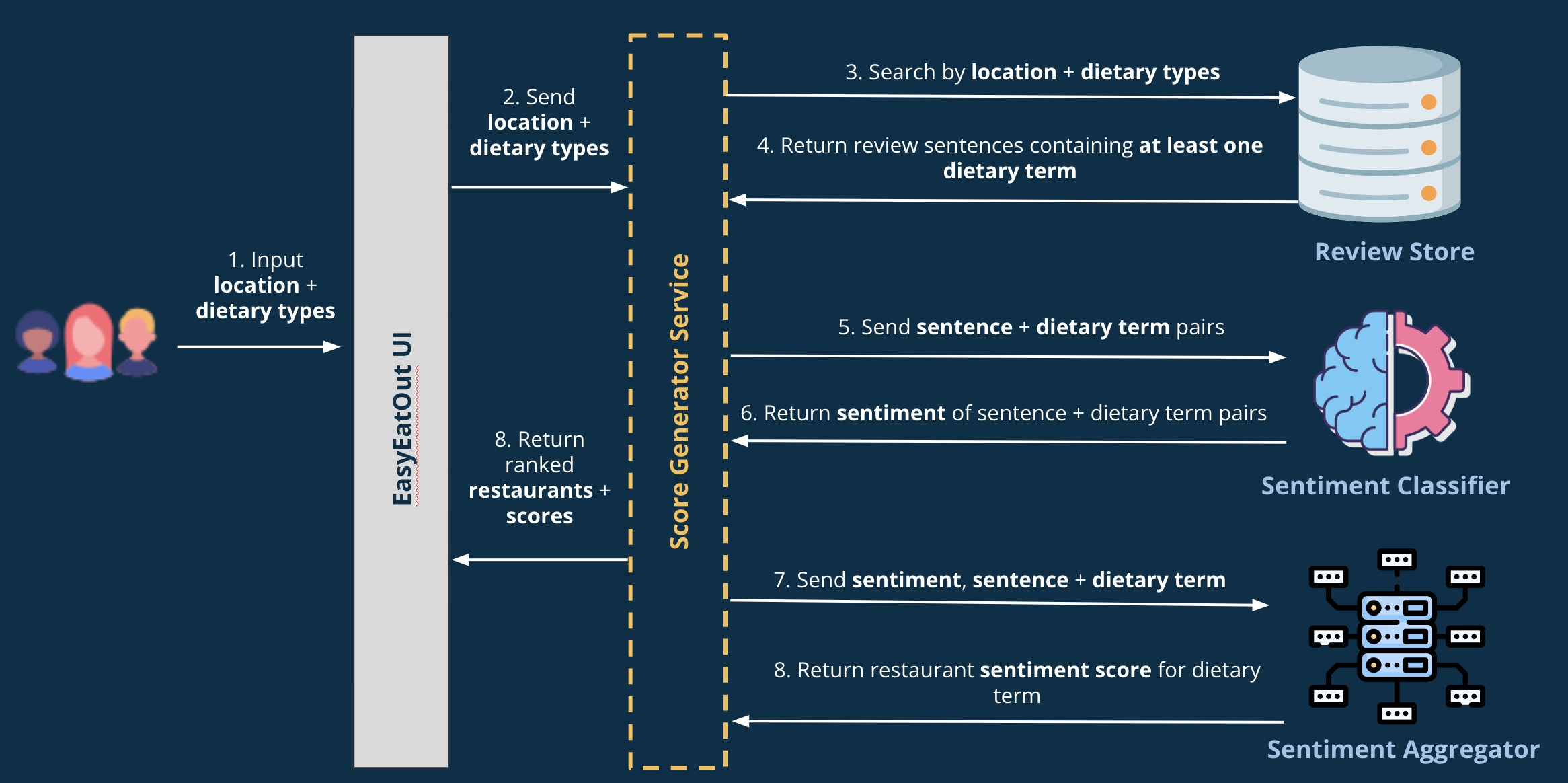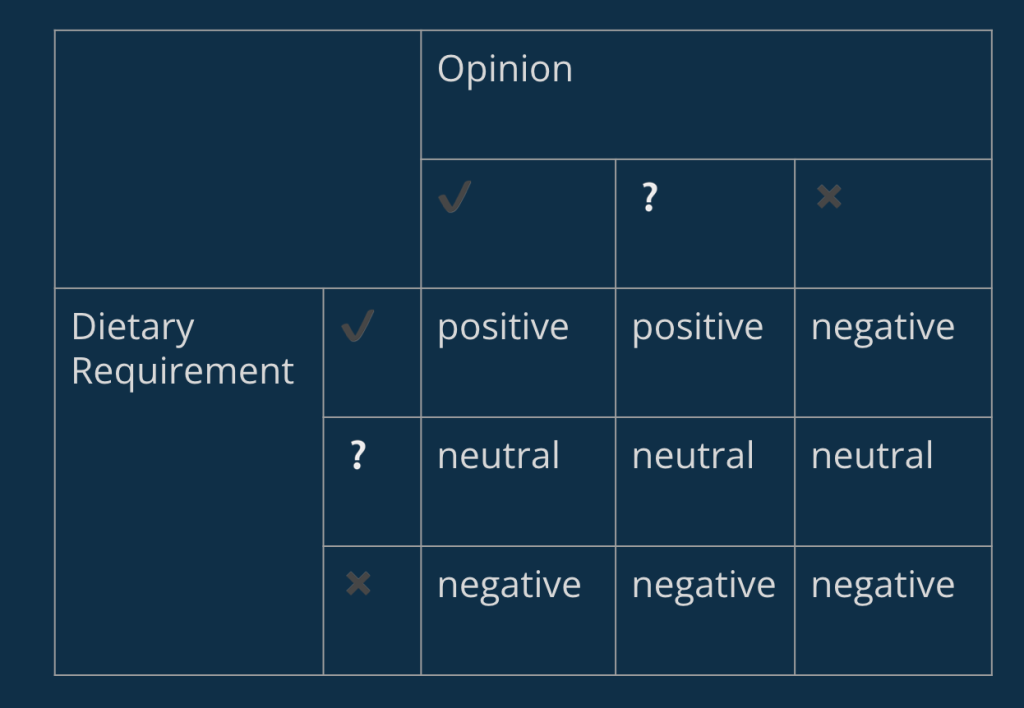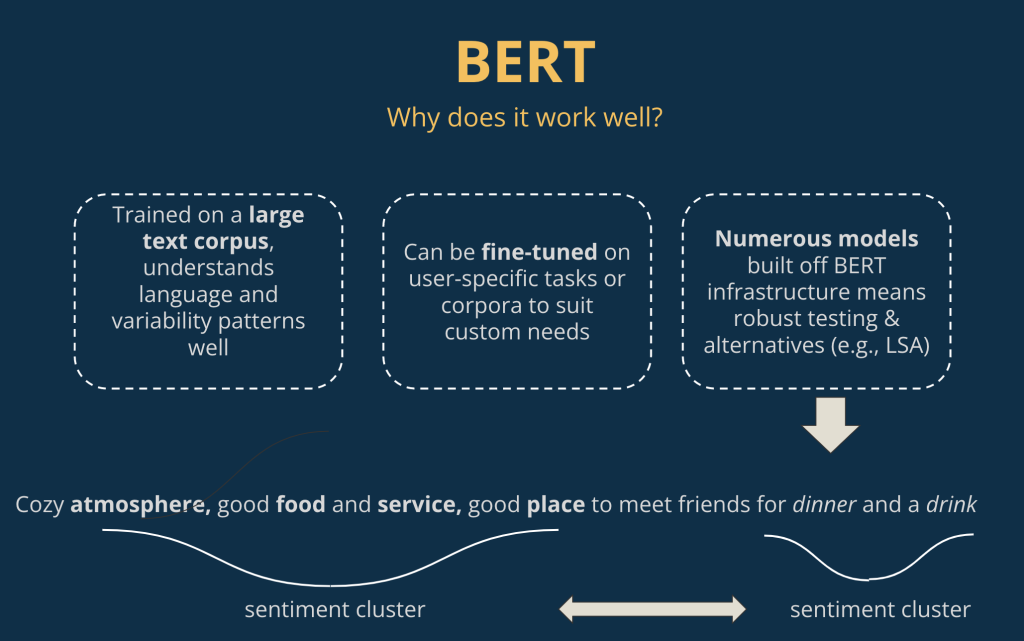What we do
EasyEatOut allows you to quickly find restaurants that accommodate the dietary needs of all the diners in your group.
We believe that the best information you can find about a restaurant comes from other diners. This is why we power our recommendations using customer reviews of restaurants, focusing on dietary needs.
Whether you are dining with your vegan cousin, a gluten-free sister, your best friend in a vegetarian phase, or your meat-loving boss, using EasyEatOut, you’ll be able to find restaurants that leave all of them satisfied.


